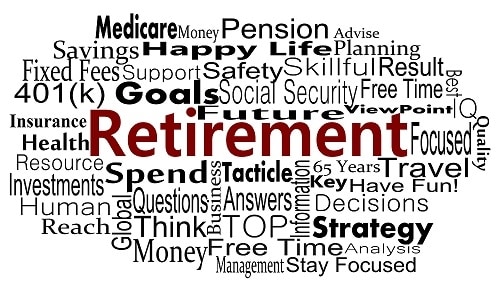
The scope of retirement is changing for the working world. More and more companies are starting to incorporate “phased retirement” policies in order to make the transition more comfortable for the retiree while retaining skilled and experienced employees. Phased retirement allows full-time employees to move to part-time schedules while beginning to draw retirement benefits.
Baby Boomers are living longer, enjoying better health, and wanting a more balanced work/life schedule. As a result, many employees want to continue working and not put a hard stop on that portion of their life. Eighty percent of workers age 50 and older who were surveyed by AonHewitt/AARP stated that they would be interested in the opportunity to gradually reduce their work load and hours at the office during their approach to retirement. A flexible retirement schedule is a win/win situation for employees and employers. Retaining essential workers allows for the continuity of essential business functions to remain uninterrupted. Additionally, it significantly reduces costs associated with hiring and training new workers.
This policy shift can partly be attributed to organizations experiencing a shortage of qualified workers because, according to AARP, almost 19% of the workforce today is made up of Baby Boomers. Loosing that big a chunk of the employee pool would be detrimental to businesses.
It is evident that flexible retirement is starting to gain more ground because organizations are seeking ways to retain experienced workers. Almost half of the HR professionals surveyed by the Society for Human Resources Management said they, “offered reduced hours or part-time positions to older workers.” While approximately 40 percent said they, “hired retired employees as consultants and temporary workers.”
It may take some time to address retirement policy changes, but doing so could make your employees happier and save you some time and effort in the long run. If you need help managing your company’s retirement plan, please feel free to contact us. We can help.
If you’d like to read about retirement considerations more, check out this New York Times article.
